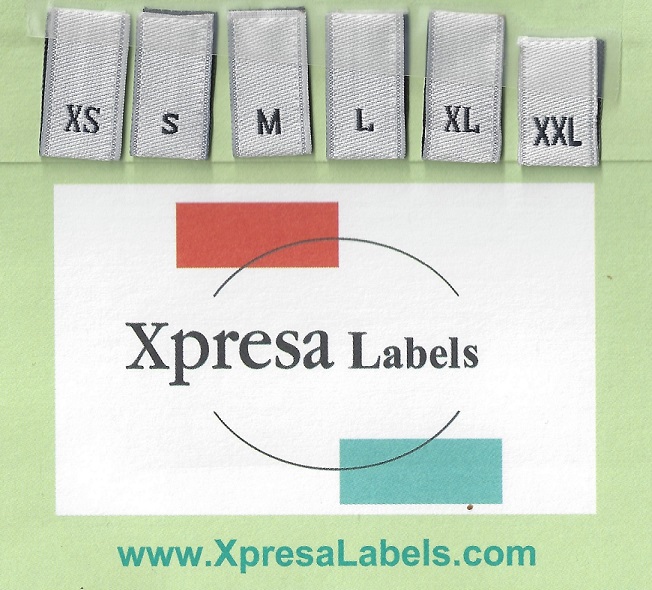In the textile and apparel industry, ensuring product quality and customer satisfaction is paramount. Stock care labels, which provide essential information about garment care, play a crucial role in this process. These labels, when properly utilized, not only inform consumers about proper handling but also extend the life of the products, thus directly enhancing product quality. This article explores how using care labels can improve garment quality and details how companies like Xpresa Labels are leading the way in providing high-quality labeling solutions.
Importance of Stock Care Labels
Care labels are a standard feature in clothing and textiles, offering vital information on how to properly wash, dry, and care for the products. These labels help ensure that the items are treated in a way that preserves their appearance and functionality over time.
Prevent Damage
Proper care instructions ensure that garments are not subjected to washing temperatures or chemicals that could damage the fabric. This preserves the material’s integrity and appearance.
Color Preservation
By following the correct washing and drying guidelines, the colors of the fabric remain vibrant and true for a longer period. This is particularly important for brightly colored or delicate fabrics.
Shape Retention
Apparel often loses its shape due to inappropriate care. Care labels provide specific guidelines to help maintain the original fit and style of the garment, which is crucial for customer satisfaction.
Fabric Longevity
When consumers adhere to care instructions, the wear and tear on the fabric are minimized, extending the life of the garment. This not only improves customer perception of product quality but also enhances the brand’s reputation for durability.
Xpresa Labels’ Role in Quality Enhancement
Xpresa Labels, a leader in the label manufacturing industry, offers a range of stock and custom care labels designed to meet the diverse needs of the textile market.
Material Selection
Xpresa Labels provides labels in various materials, including satin, taffeta, and damask, ensuring that there is a perfect match for different fabric types and uses. This material versatility ensures that labels last as long as the garments themselves.
Customization
While stock labels offer general care instructions, Xpresa also specializes in custom labels that can be tailored to specific garment needs. This customization allows manufacturers to provide precise care details tailored to the fabric type and garment design.
Durability
Labels from Xpresa are designed to withstand numerous wash cycles without fading. This durability ensures that care instructions remain legible over the life of the garment, continuously guiding the consumer in proper care practices.
Compliance
Xpresa Labels ensures that all labels comply with international fabric care standards. Compliance not only builds consumer trust but also reduces the risk of damage through improper care, thereby maintaining the quality and integrity of the apparel.
Conclusion
Stock care labels are an essential element in the textile industry, significantly impacting product quality by ensuring that garments are cared for properly. By providing clear, durable, and detailed care instructions, these labels help extend the lifespan of garments, maintain fabric quality, and ensure customer satisfaction. Xpresa Labels stands out in the industry by offering high-quality stock and custom care labels that meet a variety of needs, helping brands maintain their commitment to quality and durability. By investing in quality care labels from Xpresa, manufacturers can greatly improve the overall quality and longevity of their products.




